Last April, I had my Water – Use It Wisely table set up on the back patio of a community center for an Earth Day event. A mom and her two young children were walking by and I heard the older one, about four years old, say, “Hey Mom, look, there’s a hummingbird on that tree.” I was shocked but completely delighted to hear the observance from such a young person. It seems that so many of today’s youth have too much screen time and other distractions that disconnect them from nature. When the family stopped by my booth, I complimented the child to his mom. She said that they often go to botanical gardens and on hikes during which they observe and talk about nature and what they see. It got me thinking about just how important it is to do this because if kids don’t feel connected to the environment, they won’t have the desire to protect it.
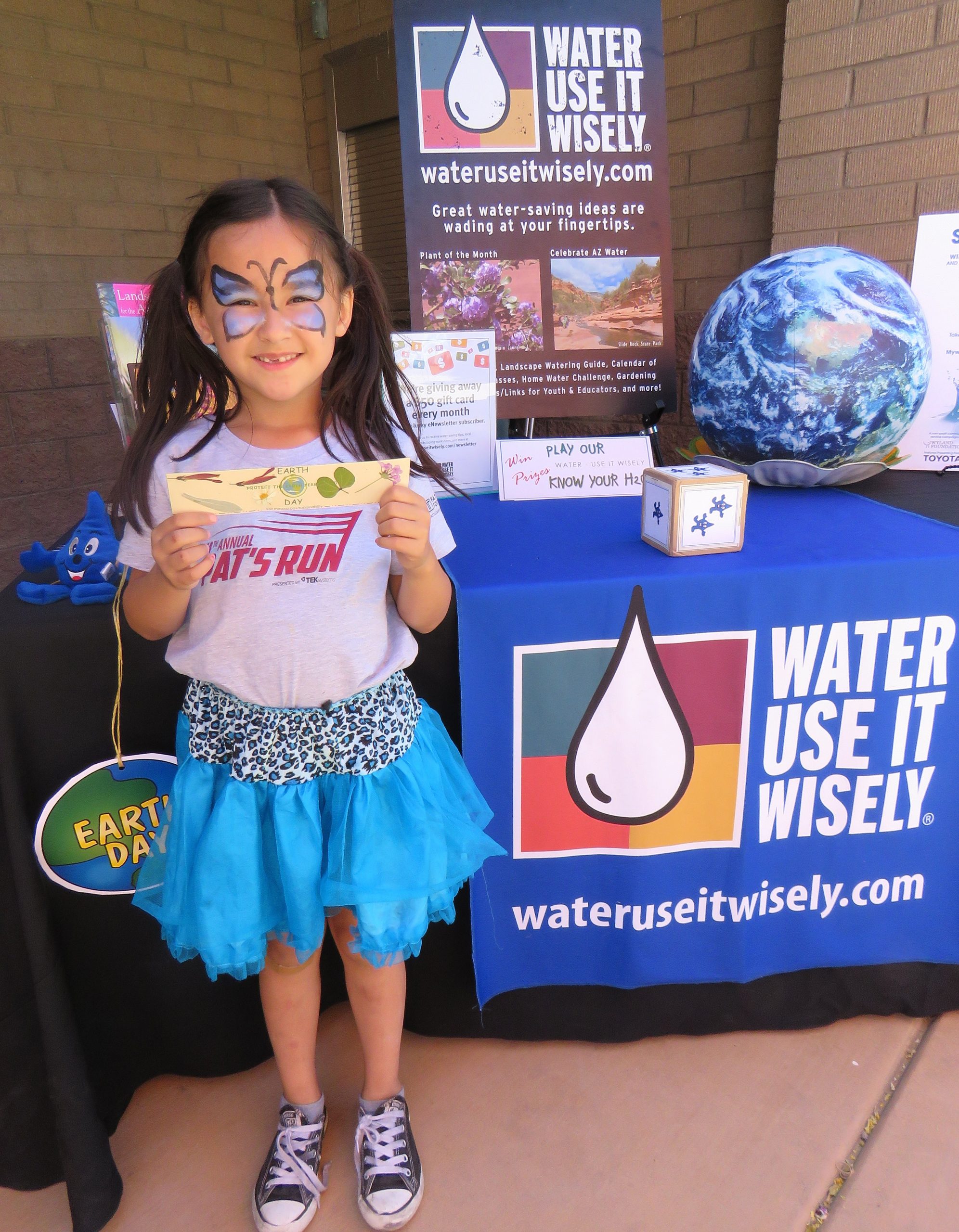
I wondered about the best ways to help children connect with and care about water in our environment. We often tell kids that saving water is as easy as turning off the faucet when they brush their teeth … or is it? The plentiful availability of fresh, clean water that pours from our faucets and fills our swimming pools can be blamed for the often-wasteful attitude toward water use. So, how do we teach children to appreciate the importance of saving our water and keeping it clean? Especially when they grow up in the sheltered confines of their homes with modern plumbing and such reliable water supplies.
Often times, school is where students gain an in-depth understanding of water and realize its value. Fortunately, for those looking for it, Water – Use It Wisely has done the homework for you by providing great resources and tools to teach students about water — where it comes from, how to save it, and why it’s important. Even more exciting is our new web page specifically created for Arizona teachers that showcases water-related programs including tours, magic shows, and activity books offered by our 20 water partners. In addition to all of these programs, there is an excellent national resource for teachers called Project WET (Water Education for Teachers). This organization develops and delivers the best water education lesson plans, booklets, and resources and helps to organize special water events like water festivals or school water audits.
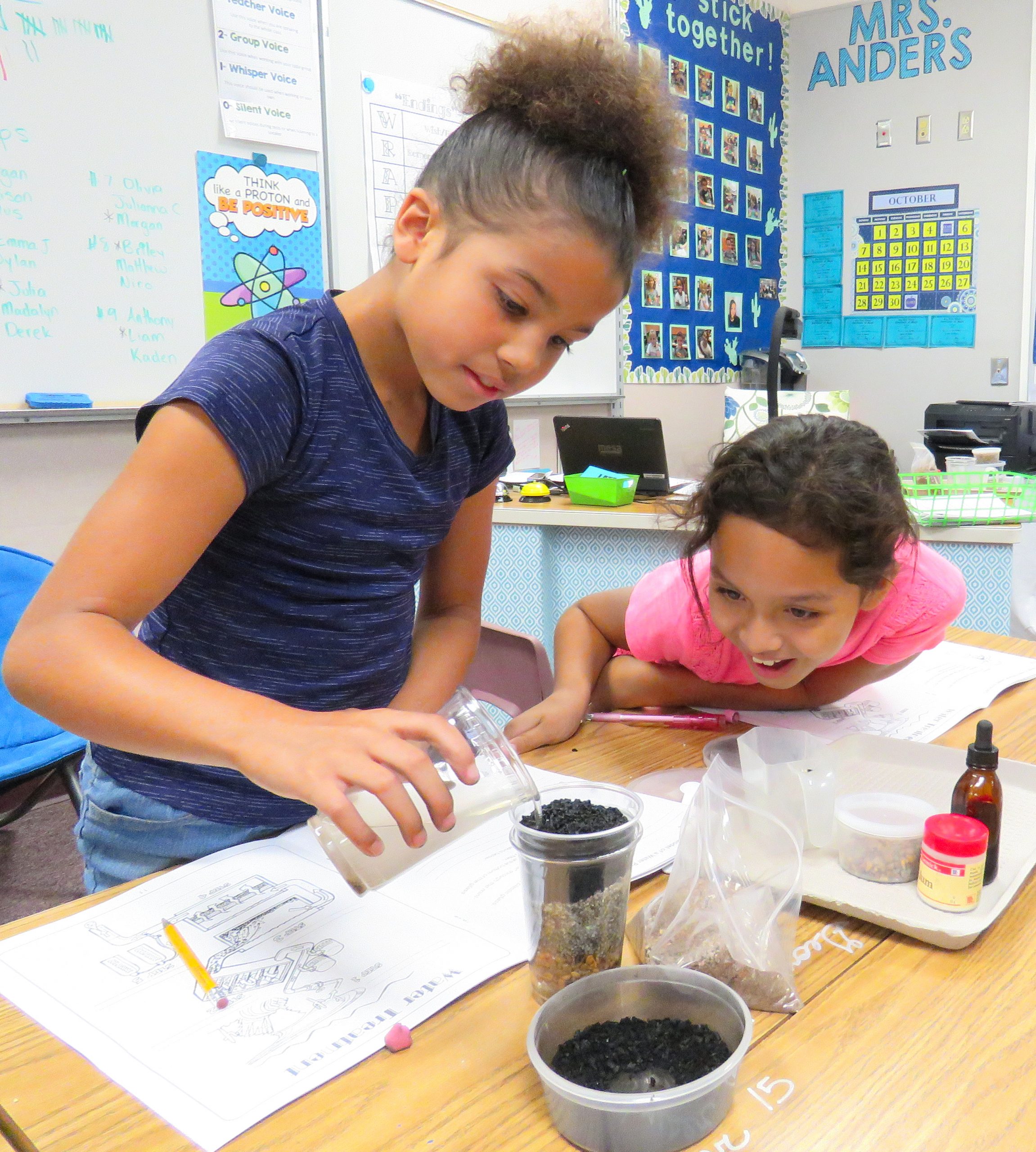
Beyond the classroom, there are many more opportunities to teach children about water. We suggest making the topic of water conservation both interesting and important without letting the discussion get too complicated or concerning.
Here are some activities that may help:
- Teach children where their water comes from
Depending on where you live, you may get your water from the ground (aquifers), from surface water (rivers), or maybe even from rainwater collection (like rural areas or the island of Bermuda). In Mesa, AZ we do get some water from groundwater, but a very high percentage comes from our surface water supplies, such as the Colorado and Salt Rivers. Many of Arizona’s artificial lakes (water reservoirs that store water for future use) are close by and are often used for recreational purposes, but you can make it a teachable moment while out there having fun on the water. If you don’t know where your tap water comes from, ask your water utility for details. Here are links to our Arizona partners.
- Look for water leaks together
What kids don’t like being a detective, so how about the activity of tracking down water waste? The Arizona Municipal Water Users Association member cities have created a great booklet on how to Find and Fix Leaks That Are Draining Your Budget. The booklet requires sleuthing, testing, understanding water use, and even a little math. It includes great facts about water waste including the shocking reality that the average household loses more than 10,000 gallons of water each year through leaks – GASP!
- Explain that what goes down the drain can end up in our drinking water
Did you know that medications or toxic chemicals poured down the drain or flushed down the toilet can harm wastewater treatment facilities, pollute water supplies, and endanger wildlife? Certainly, it’s not a bad lesson to talk to kids early about what IS and ISN’T flushable (how many clogged toilets have you had thanks to random objects being flushed by curious children?). While kids shouldn’t be handling hazardous items, it doesn’t mean that you can’t teach by example by disposing of prescription drugs and other hazardous waste safely. In Mesa, we have MedReturn boxes at select police stations and a Household Hazardous Materials Facility where you can bring harmful household products, pesticides, and motor oils that can cause pollution if not disposed of properly. Hey, it might not beat a visit to Chuck E. Cheese’s but it really can be captivating to curious kids. As children get older, some municipalities provide water and wastewater plant tours. They’re fascinating!
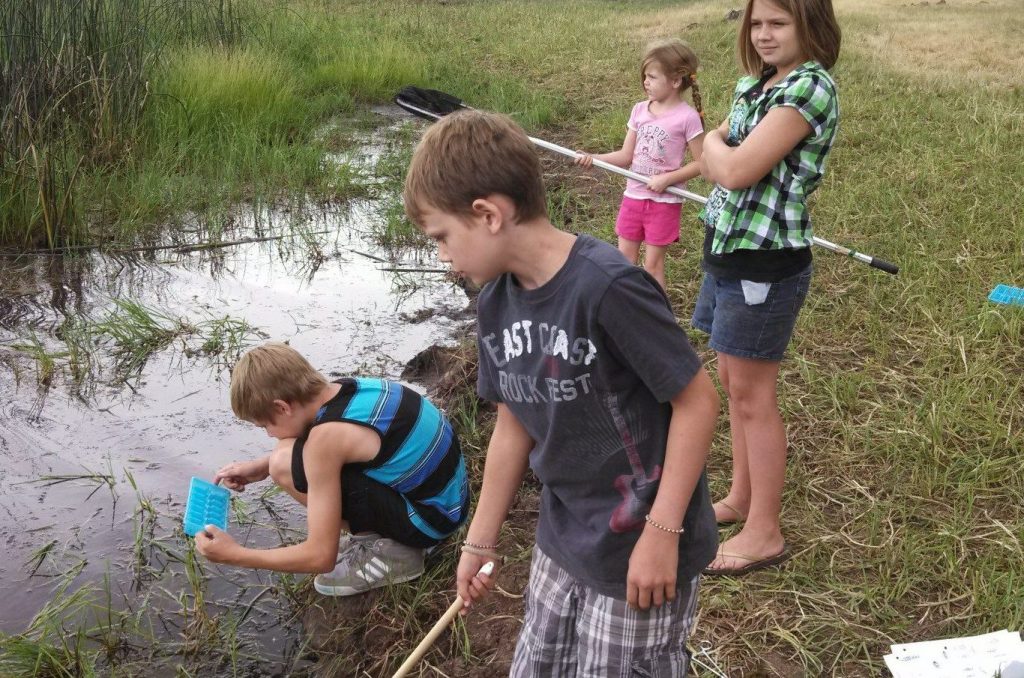
- Go camping
Beyond the fun of the great outdoors, fresh air, and starry skies, camping is a great way to demonstrate just how little water you really need to use. When you have to haul in your own water (first lesson: water weighs over eight pounds per gallon), you tend to be much thriftier on how you use it. If ponds, lakes, or streams are nearby, it’s the perfect time to connect water and nature. Arizona has an abundance of water destinations to visit and we feature them in our monthly Celebrate AZ Water blogs.
- Plant a rain garden
Rainwater harvesting is a great way to save on your outdoor water use and it helps to keep fertilizers or other pollutants from getting into our storm drains and water supplies since the water stays on your property. One way to incorporate water harvesting is to plant a rain garden (a recessed area in the landscape that collects water). Be sure to include trees and plants that will attract butterflies, birds, and pollinators — providing the environment with multiple benefits.
- Surf our website, where opportunities to learn never run dry
At Water – Use It Wisely, we’re excited to see that our Kids pages are always our most visited sites. Whether discovered by parents, teachers, or kids themselves, we’re just thrilled that they’ve tapped into our resources. These fun sites are ‘wading’ at your fingertips:
- Wayne’s Adventures: Wayne Drop is our lively and entertaining Water – Use It Wisely spokes-drop. Check out a couple of his online activity books. In Where’s Wayne, kids learn how to save water by following Wayne through a typical home and showing how we use water. In The Arizona Water Adventure Book, kids can follow Wayne Drop as he travels across Arizona to visit beautiful water destinations. Wayne talks about wild rivers, reservoirs, aqueducts, and more in this booklet … and while he gets a little technical, he includes definitions for the terminology and fun photos, too.
 Water Saving Tips: Our colorful and highly unusual tips we provide at Water – Use It Wisely are perfect for piquing a child’s imagination. How do “EARS” help you save water? Simple, by listening for leaks. We’ve even hand-selected a number of our favorite kids’ tips on our 100+ Ways page. When you click on any of the tips, you’ll notice an option at the bottom to download the poster. These high-quality images can be printed out and used in the classroom or at home.
Water Saving Tips: Our colorful and highly unusual tips we provide at Water – Use It Wisely are perfect for piquing a child’s imagination. How do “EARS” help you save water? Simple, by listening for leaks. We’ve even hand-selected a number of our favorite kids’ tips on our 100+ Ways page. When you click on any of the tips, you’ll notice an option at the bottom to download the poster. These high-quality images can be printed out and used in the classroom or at home.- Tip Tank and More Games: Kids can learn about water and water conservation and have fun at the same time. Water – Use It Wisely has collected interactive games and quizzes to teach kids about water conservation. If you’re as old as I am, you remember the television game show, Concentration. That’s what our popular online game, Tip Tank, is all about except that you have to keep the fish afloat while learning water-saving tips. In addition to the games, we have Kids H2O Activities and Facts that will help them dive deeper into the topic of water.
Water is Everyone’s Concern
Because our land and water are being strained like never before by pollutants, climate change, and population growth, it’s more important than ever to teach children to be respectful of the environment. We also need to let children know that they can make a difference, that there is something each one of us can do to help conserve our planet whether at school, with their friends, or at home. Take the time to explain why it’s important. Help build upon their understanding of this complex system by taking them on field trips or to special exhibits, or by bringing conservation programs into the school. Exposing children to water topics is the best way to help them understand and appreciate this valuable resource. It’s just one step in the right direction to help slow down the many threats to the environment and to ensure the long-term health of our planet for generations to come.
Donna DiFrancesco is a water conservation coordinator with the City of Mesa’s Environmental and Sustainability Division, one of 20 Water – Use It Wisely partners to offer water-saving advice and programs.


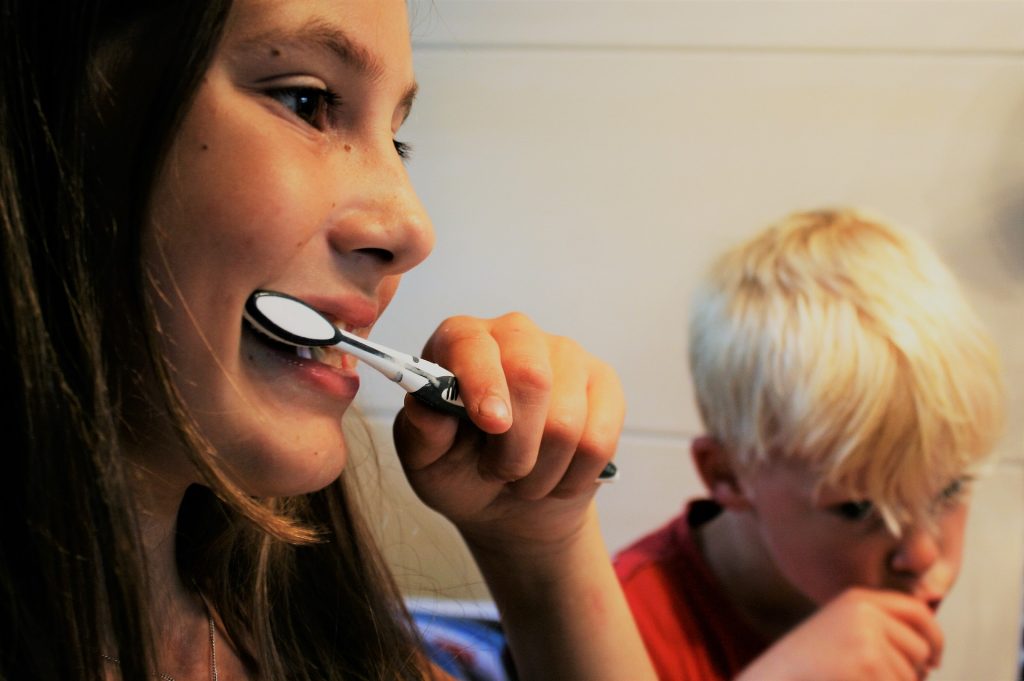
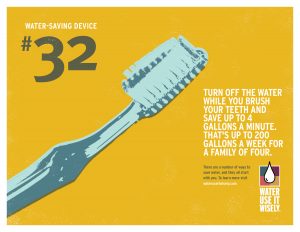 Water Saving Tips: Our colorful and highly unusual tips we provide at Water – Use It Wisely are perfect for piquing a child’s imagination. How do “EARS” help you save water? Simple, by listening for leaks. We’ve even hand-selected a number of our favorite
Water Saving Tips: Our colorful and highly unusual tips we provide at Water – Use It Wisely are perfect for piquing a child’s imagination. How do “EARS” help you save water? Simple, by listening for leaks. We’ve even hand-selected a number of our favorite